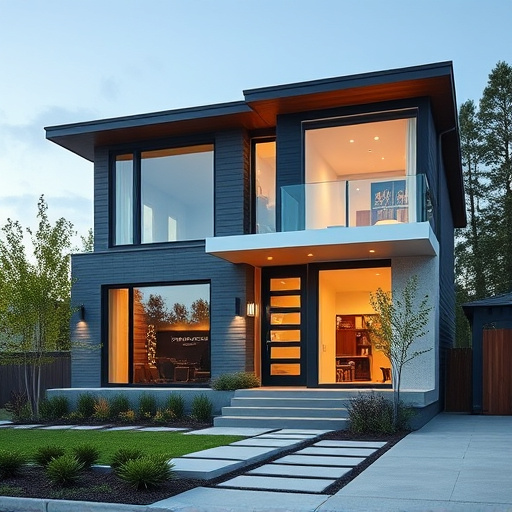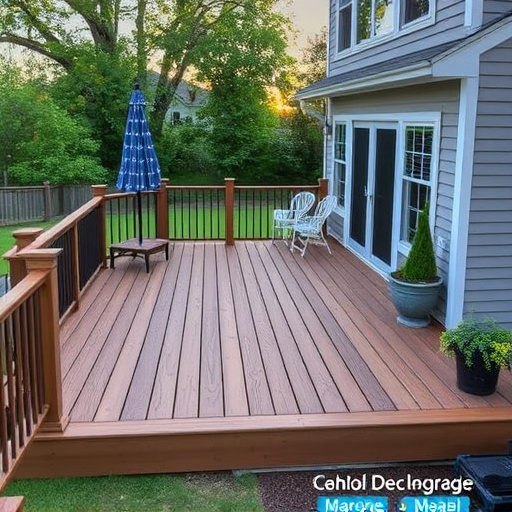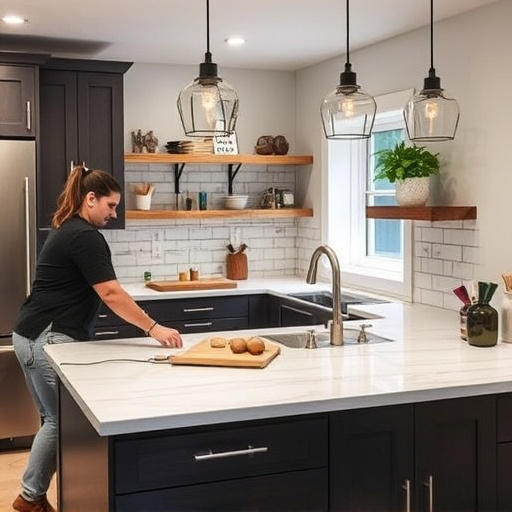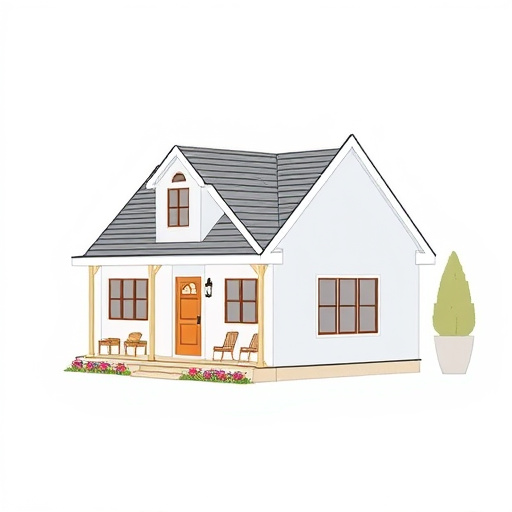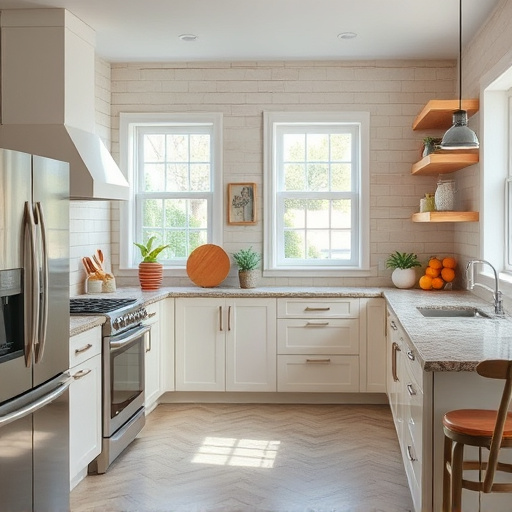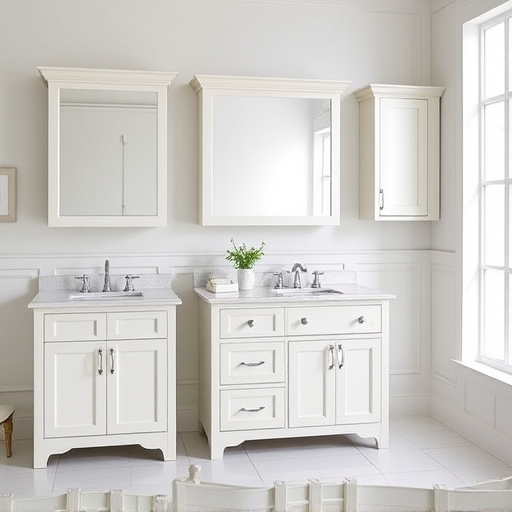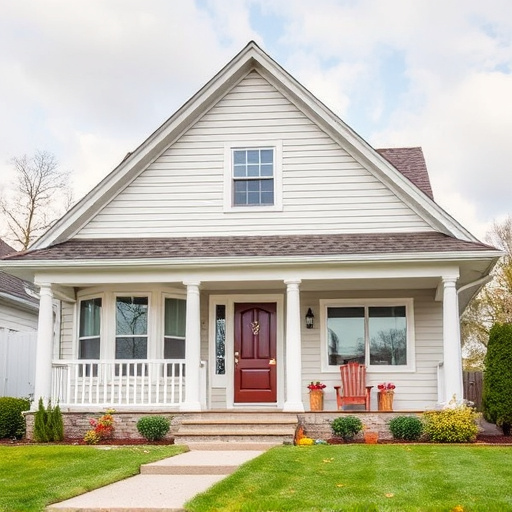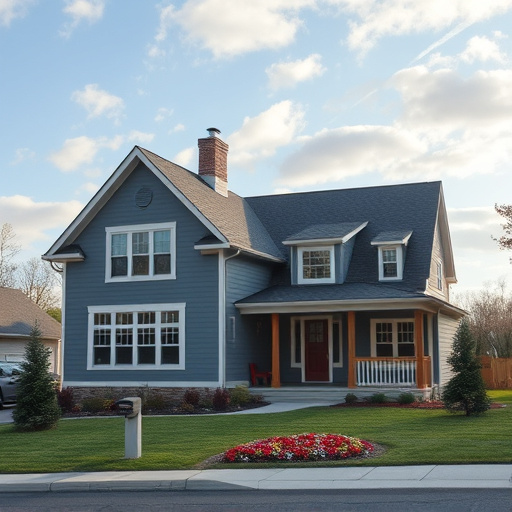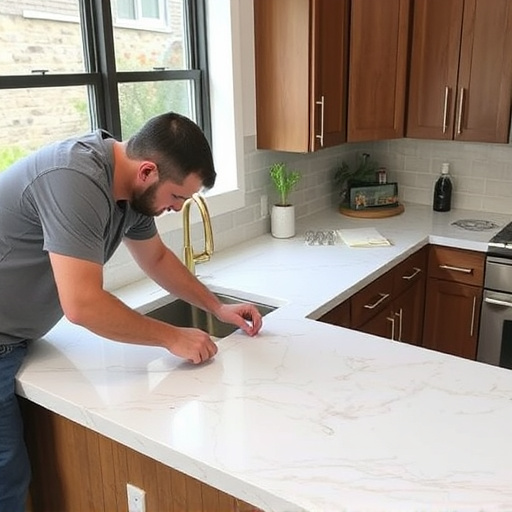Interior design leverages color coordination using color theory and the color wheel to create harmonious spaces that evoke calm or energy. Neutral bases like beige, grey, and white offer adaptable, timeless styles, while complementary colors add depth and contrast, enhancing visual appeal in kitchens and remodels. Strategic color placement draws attention, creates flow, and adds dimension to rooms.
In interior design, seamlessly matching flooring and wall colors is an art that can transform a space. This guide explores how to achieve harmonious aesthetics through color theory, ensuring your home exudes elegance. We’ll delve into choosing neutral bases for versatile options, leveraging complementary colors to create depth, and understanding the power of contrast. Discover tips to enhance your interior design game with these essential color combinations.
- Understanding Color Theory for Harmony
- Choosing Neutral Bases for Flexibility
- Complementary Colors: Creating Depth and Contrast
Understanding Color Theory for Harmony
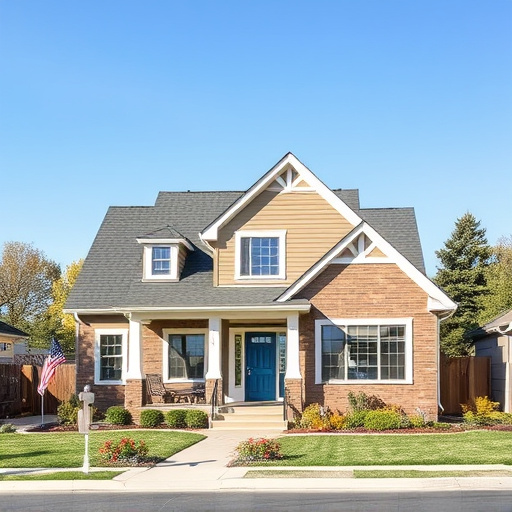
In the realm of interior design, achieving harmony through color coordination is a subtle yet powerful tool. Understanding color theory forms the crux of this art, allowing designers to create cohesive spaces that either calm or energize occupants. The color wheel serves as a guide, revealing complementary, analogous, and triadic schemes that harmonize beautifully. For instance, pairing warm tones like terra cotta with cool neutrals like grey creates a balanced aesthetic, perfect for living areas where both comfort and visual appeal are paramount.
Knowing when to integrate contrasting or similar hues is key. In a renovation service or whole house remodel, for example, using analogous colors—those adjacent on the color wheel—in both flooring and wall treatments can lend a sense of continuity and flow. Conversely, introducing a bold accent color through accessories or a feature wall can break up larger spaces and add depth, especially in home additions where open concepts are favored. This delicate balance ensures that your interior design not only looks visually appealing but also feels inviting and cohesive.
Choosing Neutral Bases for Flexibility

When crafting an interior design scheme, establishing a solid foundation with neutral base colors is key for creating a flexible and timeless space. Neutral tones such as beige, grey, and white serve as versatile canvases that adapt to various decor styles—from warm and inviting to sleek and modern. This simplicity allows homeowners to easily change out accessories, furniture, or even entire rooms without the hassle of repainting walls or replacing flooring, making it ideal for those planning whole house remodels or customized home renovations.
By choosing neutral bases, designers can ensure that the floor and wall colors complement each other seamlessly. This harmonious pairing creates a soothing atmosphere where each room flows into the next without abrupt visual transitions. Whether aiming for a minimalist aesthetic or a cozy, eclectic space, neutral tones offer the freedom to customize and evolve one’s living environment over time.
Complementary Colors: Creating Depth and Contrast

In interior design, complementary colors play a crucial role in creating depth and contrast, enhancing the visual appeal of any space. When selecting flooring and wall colors for a kitchen remodel or multiple room remodel, consider color pairs that are opposite each other on the color wheel, such as blue and orange, green and red, or yellow and purple. These opposing hues create a vibrant balance, making the space feel more dynamic and engaging.
By strategically placing these complementary colors, you can draw attention to specific areas, create a sense of flow between rooms, and add depth to your interior painting. For instance, using a bold complementary wall color in a living area can make the space appear larger while contrasting flooring tones can emphasize different zones within a room, making them feel distinct yet connected.
When matching flooring and wall colors in interior design, understanding color theory is key. By choosing neutral bases and complementing hues, you can create a harmonious space that offers both visual appeal and flexibility. Incorporate contrasting shades to add depth, while maintaining balance for a tranquil environment. This strategic approach ensures your floor and walls work together seamlessly, enhancing the overall aesthetic of your interior design project.
